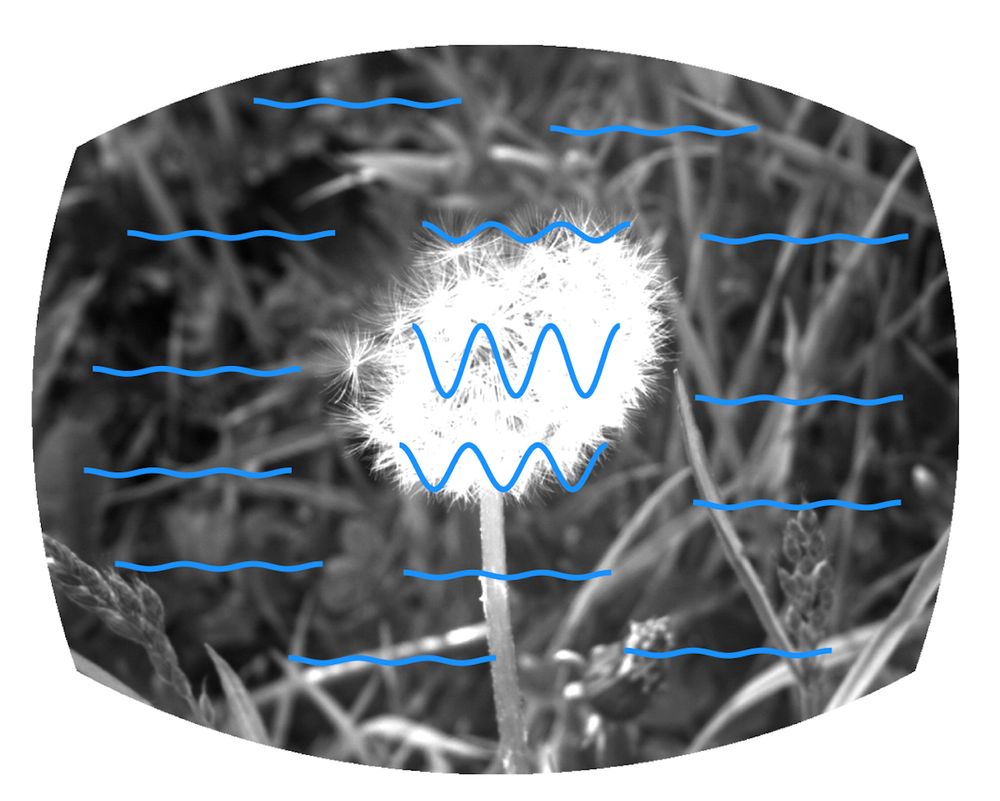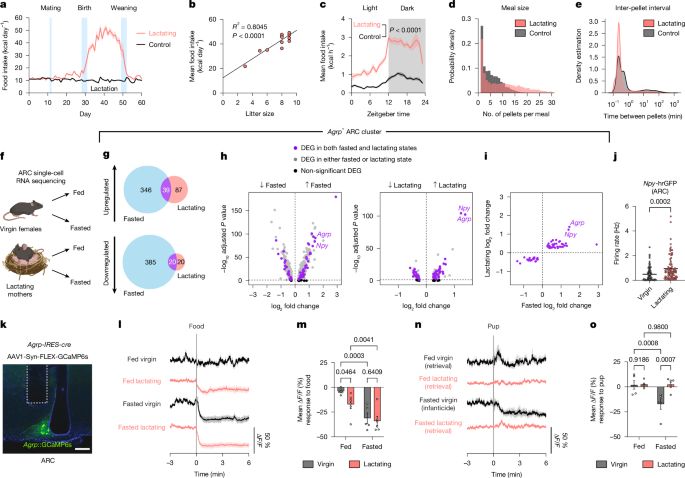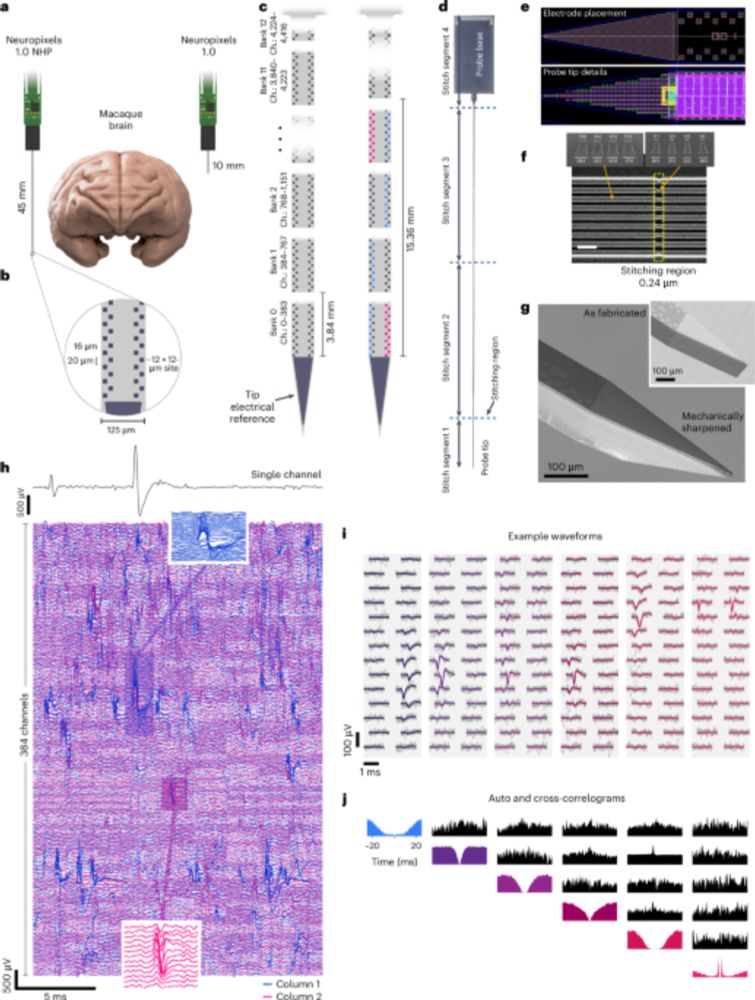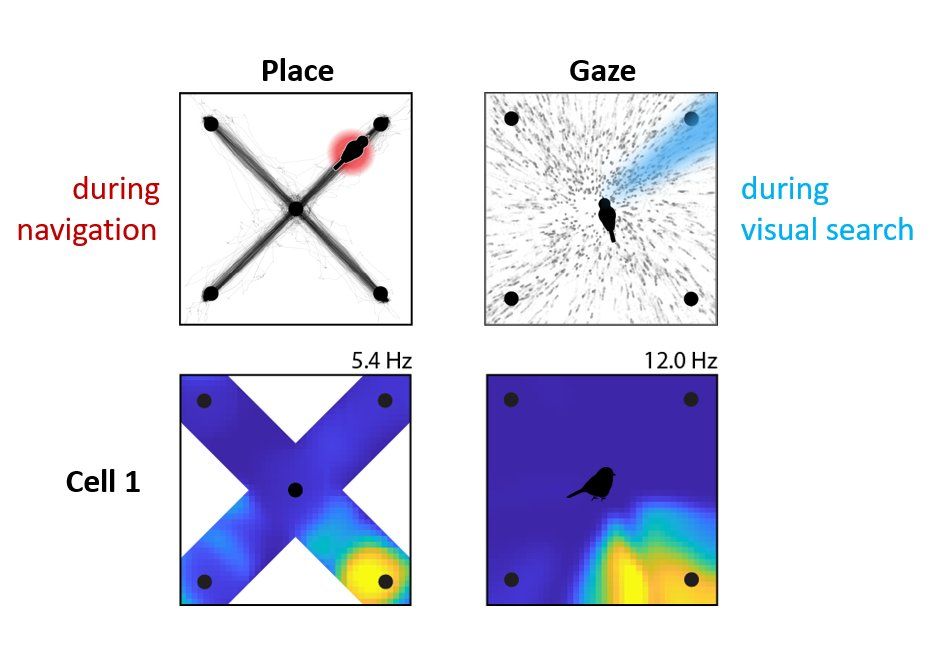
New review with @annaintegrated.bsky.social & @serenariccitelli.bsky.social in Annual Review of Vision Science 👇
tinyurl.com/ymp3vs4d

How can we model natural scene representations in visual cortex? A solution is in active vision: predict the features of the next glimpse! arxiv.org/abs/2511.12715
+ @adriendoerig.bsky.social , @alexanderkroner.bsky.social , @carmenamme.bsky.social , @timkietzmann.bsky.social
🧵 1/14

How can we model natural scene representations in visual cortex? A solution is in active vision: predict the features of the next glimpse! arxiv.org/abs/2511.12715
+ @adriendoerig.bsky.social , @alexanderkroner.bsky.social , @carmenamme.bsky.social , @timkietzmann.bsky.social
🧵 1/14
🔗 Read it here: physoc.onlinelibrary.wiley.com/doi/10.1113/...


Great review of the critical period in the visual cortex. Nice evolutionary perspective, covering the key papers and mechanisms, and proposing a continuous process of plasticity that already starts before eye opening.
www.annualreviews.org/content/jour...
buff.ly/Lv3CQmq

buff.ly/Lv3CQmq
@markjohnpost.bsky.social for @washingtonpost.com dives into the science and how it could help demystify visual hallucinations: www.washingtonpost.com/science/2025...

@markjohnpost.bsky.social for @washingtonpost.com dives into the science and how it could help demystify visual hallucinations: www.washingtonpost.com/science/2025...
TOC: arevie.ws/3Wklava
TOC: arevie.ws/3Wklava

So how did it evolve?
With @mikebok.bsky.social, @neurofishh.bsky.social and @denilsson.bsky.social, we argue that retinal complexity may 𝑝𝑟𝑒𝑑𝑎𝑡𝑒 𝑡ℎ𝑒 𝑒𝑦𝑒 𝑖𝑡𝑠𝑒𝑙𝑓.
www.biorxiv.org/content/10.1...
1/n

So how did it evolve?
With @mikebok.bsky.social, @neurofishh.bsky.social and @denilsson.bsky.social, we argue that retinal complexity may 𝑝𝑟𝑒𝑑𝑎𝑡𝑒 𝑡ℎ𝑒 𝑒𝑦𝑒 𝑖𝑡𝑠𝑒𝑙𝑓.
www.biorxiv.org/content/10.1...
1/n
A new look at the pupil: more than just a gatekeeper www.embl.org/news/science...

A new look at the pupil: more than just a gatekeeper www.embl.org/news/science...


A brain-wide map of neural activity during complex behaviour
www.nature.com/articles/s41...
Brain-wide representations of prior information in mouse decision-making
www.nature.com/articles/s41...

A brain-wide map of neural activity during complex behaviour
www.nature.com/articles/s41...
Brain-wide representations of prior information in mouse decision-making
www.nature.com/articles/s41...

www.biorxiv.org/content/10.1...

www.biorxiv.org/content/10.1...


When a chickadee looks at a distant location, the same place cells activate as if it were actually there 👁️
The hippocampus encodes where the bird is looking, AND what it expects to see next -- enabling spatial reasoning from afar
bit.ly/3HvWSum

When a chickadee looks at a distant location, the same place cells activate as if it were actually there 👁️
The hippocampus encodes where the bird is looking, AND what it expects to see next -- enabling spatial reasoning from afar
bit.ly/3HvWSum
Tune in on June 26th and onwards, see details below
www.youtube.com/@badenlab615...
Talks will be live-streamed (and stored) on YouTube, hope to see many of you there. Details on each talk coming soon.

Tune in on June 26th and onwards, see details below


New review with @annaintegrated.bsky.social & @serenariccitelli.bsky.social in Annual Review of Vision Science 👇
tinyurl.com/ymp3vs4d

New review with @annaintegrated.bsky.social & @serenariccitelli.bsky.social in Annual Review of Vision Science 👇
tinyurl.com/ymp3vs4d
New review with @annaintegrated.bsky.social & @serenariccitelli.bsky.social in Annual Review of Vision Science 👇
tinyurl.com/ymp3vs4d
New review with @annaintegrated.bsky.social & @serenariccitelli.bsky.social in Annual Review of Vision Science 👇
tinyurl.com/ymp3vs4d

Cells in the primary visual cortex receive running, translation, and visual motion signals to accurately process visual flow information.

Cells in the primary visual cortex receive running, translation, and visual motion signals to accurately process visual flow information.

